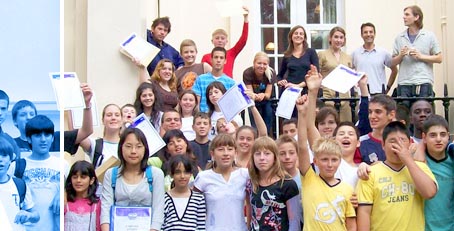For many years, language schools around the world have been targeting those students that are taking a gap year before pursuing higher education at university or that are taking a year-off after completing their studies. Recently, however, a new student profile is emerging. The rise in the number of language schools and students wanting to take language courses has brought about a number of changes within the industry. Language schools have begun to target students of different age groups – from juniors as young as eight years old to seniors over the age of 50.

“I think the pace at which globalisation is taking place has forced people to get out of their comfort zones and explore new places and languages. This has created a new level of interest in learning languages. Though students are still learning languages at the degree or postgraduate level, many others are choosing shorter term courses that help them converse fluently in these languages”, says Teresa Anderson, a linguistic expert. Compared with five years ago, there is also a variety of customised language courses to choose from. Depending on the age group in question, the activities associated with language training also differ. For instance, for teenagers and those about to become teenagers, there are beginner sessions in foreign languages such as French, German, Spanish and Italian. Children can benefit from beginning to learn these languages at summer language camps, which are normally held in a city in the country where the language is spoken. Similarly, there are different courses for students aged 50 and above that combine lessons with sessions on wine-tasting, cuisine or culture associated with the language being taught.
“I always wanted to learn French. However, the needs of my children and my career took priority over my hobbies and interests. After retirement, I realised that I would never get a time like this to do all those things that I wanted to. That is how I decided to move to Lyon for a few months to learn French while trying out living in France”, describes 62-year-old Amy Shriver. “In addition to French courses France‘s wonderfully patient people have helped me gain confidence trying out my rusty French. For studying the French language France is very different from Canada in terms of the dialect I have heard. There is a certain sweetness to the way it is spoken in France.”, adds Shriver’s classmate, Thea Driver. Most students enrolling in language schools are still pursuing their college education. However, the increasing demand for language courses among those about to become teenagers and pensioners is helping this industry to expand.
Via EPR Network
More Education press releases

